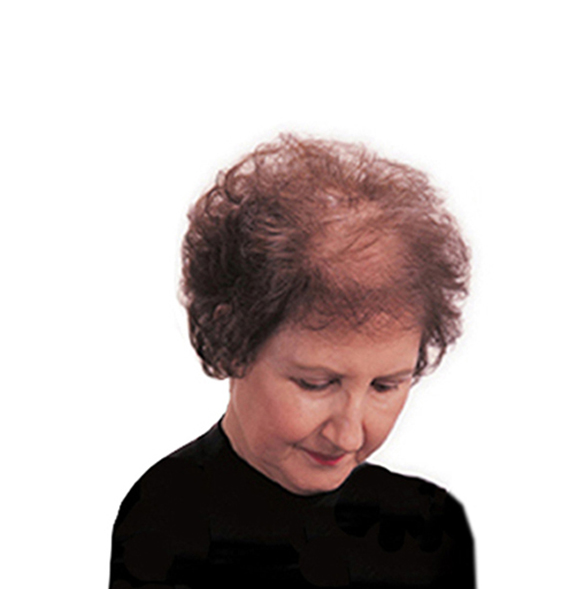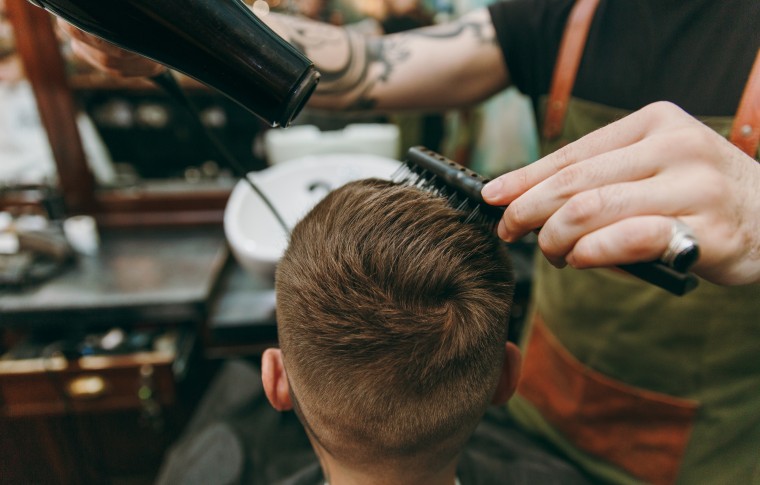Introduction to Female Hair Loss
Hair loss isn’t exclusive to men. It’s a silent struggle that countless women face, often behind closed doors. Female hair loss, a topic shrouded in mystery, is finally stepping into the spotlight. This comprehensive guide aims to untangle this complex issue, shedding light on its causes, non-surgical solutions, and the emotional journey it can entail.
The Root of the Matter: Understanding Female Hair Loss
Female hair loss can feel like a cruel twist of fate. One day you’re blessed with a thick, lustrous mane, and the next, you’re watching it disappear. But what’s really happening beneath the surface?
The Hair’s Life Cycle
To understand hair loss, we first need to understand the hair’s life cycle. It’s a bit like the changing seasons:
- Anagen (Growth Phase): This is the summer of the hair’s life cycle, where it grows approximately half an inch per month.
- Catagen (Transitional Phase): As autumn approaches, the hair prepares to shed. This phase lasts about two weeks.
- Telogen (Resting Phase): Winter has arrived. The hair takes a break for around three months before it falls out and a new strand takes its place.
The Causes of Hair Loss in Women
Female hair loss can be triggered by a variety of factors:
- Hormonal Changes: Hormones are like the puppet masters of our bodies. When they’re out of balance, things can go awry, including our hair growth.
- Stress: Ever heard the phrase ‘pulling your hair out with stress’? There’s more truth to it than you might think!
- Nutritional Deficiencies: Our hair needs a balanced diet too. Lack of certain nutrients can lead to hair loss.
- Medical Conditions: Certain medical conditions, like polycystic ovary syndrome (PCOS), can cause hair loss.
Unravelling the Solutions: Non-Surgical Hair Replacement Systems
Now that we’ve dug into the root of the problem, let’s explore the solutions.
Non-Surgical Hair Replacement Systems
Non-surgical hair replacement systems are a popular solution for women experiencing hair loss. These systems involve attaching a thin, light, breathable base, which resembles the scalp, to the existing hair or scalp. The base is infused with human hair that matches the wearer’s hair in terms of colour, density, and texture. The result is a full head of hair that looks and feels completely natural.
Natural Remedies
If you’re more of a ‘green thumb’, there are also natural remedies you can try:
- Scalp Massage: This can stimulate blood flow to the scalp and promote hair growth.
- Essential Oils: Certain oils, like rosemary and peppermint, have been shown to promote hair growth.
- A Balanced Diet: Eating a diet rich in vitamins and minerals can support healthy hair growth.
FAQs
Q: Can hair loss in women be reversed? A: It depends on the cause. Some types of hair loss are temporary, while others are permanent. It’s best to consult with a professional for advice.
Q: How can I cope with the emotional impact of hair loss? A: It’s important to remember that it’s okay to feel upset or frustrated. Seek support from loved ones or a mental health professional if needed.
Q: Can I prevent hair loss? A: While you can’t control all the factors that contribute to hair loss, maintaining a healthy lifestyle can help keep your hair in top shape.
Conclusion
Female hair loss is a complex issue with many layers. But with understanding and the right approach, it’s a battle that can be fought. Remember, it’s not just about the hair on your head, but the confidence in your heart. So, keep your head held high, and know that you’re not alone in this journey.
Remember, the first step to solving a problem is understanding it. So, let’s keep the conversation about female hair loss going, and together, we can unravel the tangles of this often-overlooked issue.




